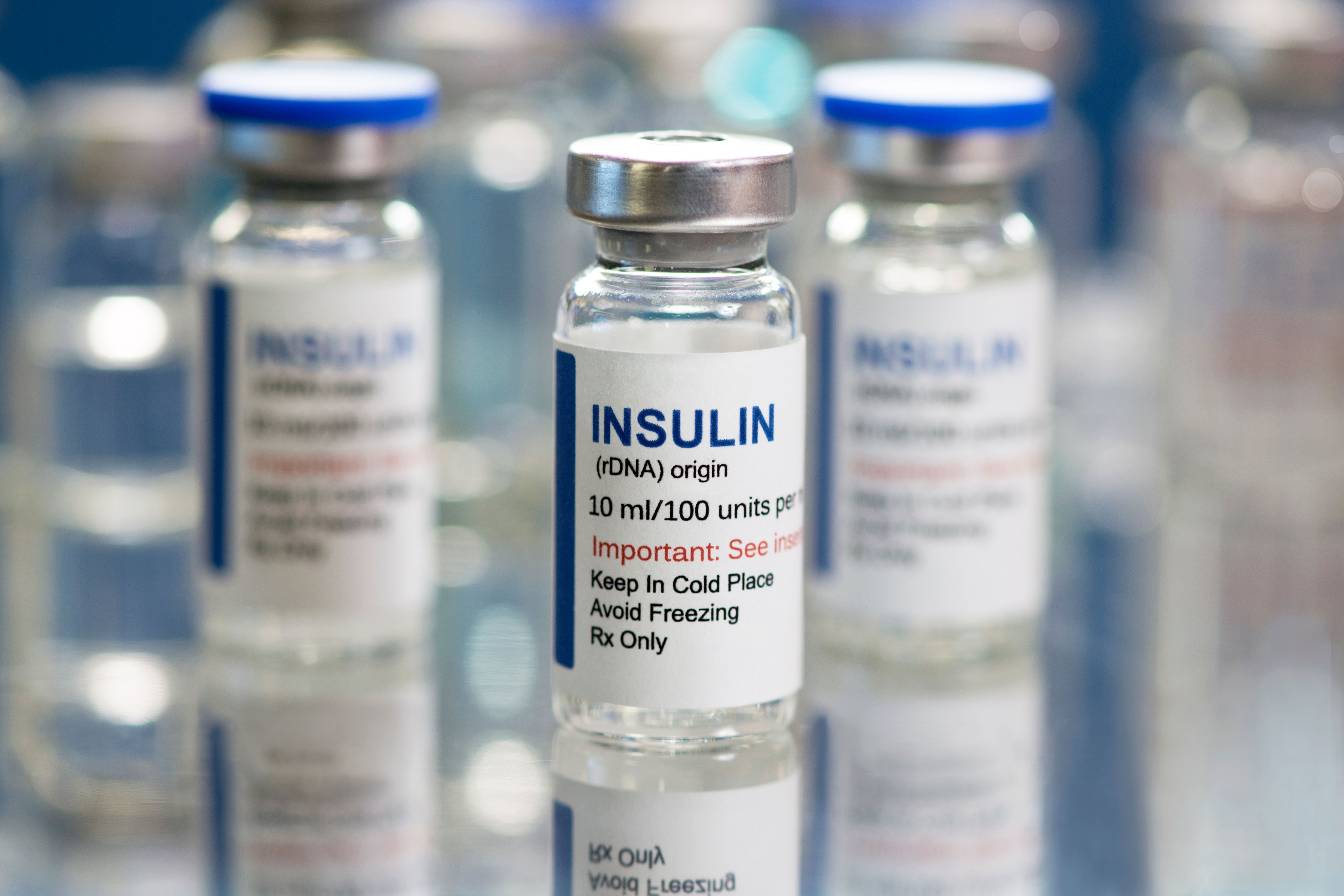Video
Overview and Manufacturing of Biologics
Mohannad Kusti, MD, MPH: Here’s a little bit of background on biosimilars and how biologic drugs are manufactured. Biologics are medicines that are generally made from living organisms, which can include animals or microorganisms such as eosin methylene blue bacteria. An easy way to describe it is that we’re utilizing the microorganisms’ ability to make DNA and RNA and different proteins, giving them the specific blueprint for it, and allow those microorganisms to make them. This is a complex procedure, and it takes time and effort. A lot of specificities go into this. Biosimilars are very similar to biologics. They actually have to be clinically identical in the way they work, and they’re made of the same natural process of the biologic, or originator. They typically are compared with each other from the strength and dose and have the same potential adverse effects. It should also provide the same treatment benefits as the original biologic.
Another piece of information that I think employers need to know is the difference between biologics and small molecular drugs. Briefly, the small molecular drugs are generally, as from the name—low molecular weight—versus the biologics, and biosimilars are high molecular weight. Usually the small molecular drugs are made by organic or chemical synthesis versus the biologics, and biosimilars are made from living cells and organisms. The small molecular drugs have fewer critical process steps versus the biologics and biosimilars, which have many critical processes and steps for the synthesis and making of the drug. The small molecular drugs are well characterized, and the biologics and biosimilars are actually less easily characterized. Even from a structural standpoint, the small molecular drugs have well-known structures, and the biologics and biosimilar structures may or may not be completely defined or understood. The small molecular drugs have a homogeneous substance versus the biologics and biosimilars, which have a heterogeneous mixture, which may include some variations from batch to batch.
I also want to mention that because of how these medications are manufactured, there is typically a certain variations between batches of biologics because these are made in living cells and living organisms, and it’s almost impossible to guarantee that each batch is going to be identical to the previous one. We have only so much control over the process, and the microorganisms from which we’re borrowing their synthetic abilities, basically have the full control. Knowing the nature of these living organisms, there are some variations between one batch and the other.
One of the things within my interactions with employers and what the audience needs to know about biosimilars is that they are generally safe and effective as much as the original biologic, or the originator. They are both rigorously evaluated by the FDA before approval. Before approving a biosimilar, the FDA expert must conclude that it is highly similar to the original biologic and that it has no clinical meaningful differences from the original biologic. This means that you can expect the same safety and effectiveness from the biosimilars over the course of treatment as you would expect from the originator. These statements are published on the FDA website for anybody who wants to review them.





